Cloudy with warm spells.
When I get so many good images from one location I find it difficult to sequence them, so I'll just revert to my usual practice of showing them in the sequence I found them. The first area is:
Young deciduous plantation.
A female Tephritid Fly (left) was wandering round the Creeping Thistle buds, but I didn't see her laying. The Dance Fly on the right (Empidae sp.) adopts the usual head-down pose when they're foraging for nectar.



A nice little shot of a 7-spot ladybird. I hoped she would open her wings at this point, but no luck.
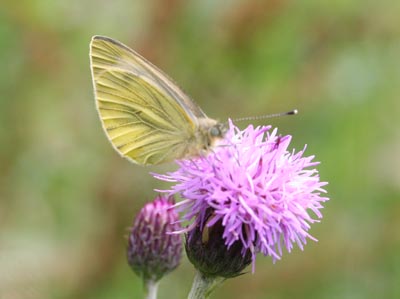
The first of the second-generation Green-veined Whites to rest long enough for a photograph. These will be around for a month or so and there will be a gap until the third generation appears in Late August/September.
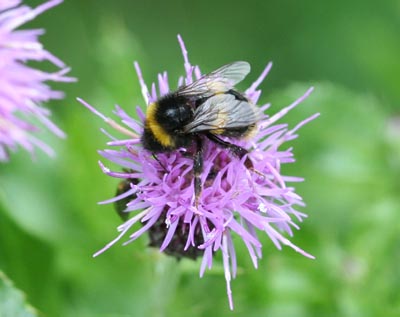
Plenty of Bumblebees were seen pollinating the flowers around here. This is a Bombus terrestris worker. Normally these can't be separated from Bombus lucorum workers, but the orange-yellow bands and the yellow hairs around the tail-band make this one fairly certain.
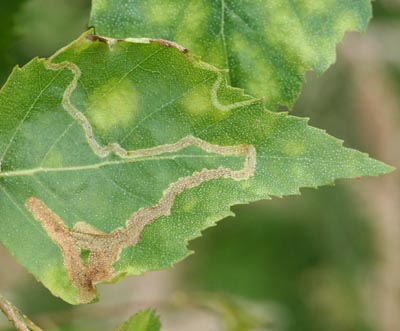
A new leaf-miner to me (and to Co. Donegal, I believe) Agromyza alnibetulae on a young specimen of Birch. Some of the leaves on these young birches are remarkably long. Good to see that miners have discovered this area already.

A nice shot of Episyrphus balteatus - the 'Marmalade Hoverfly'.
A green and brown capsid (left) and the turquoise leaf-hopper Cicadella viridis (right). I wonder if the leafhopper nymph I showed earlier belongs to this one.
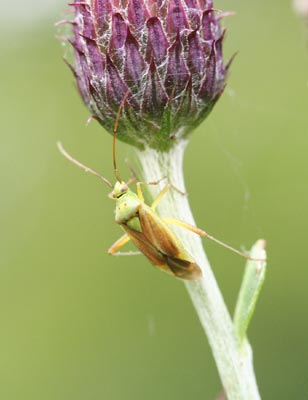
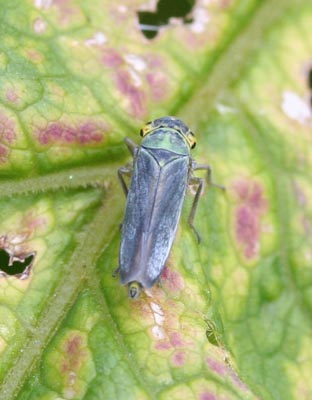
I took a few shots of Smooth Hawkbit, but I was quite impressed by the overall appearance of this one.
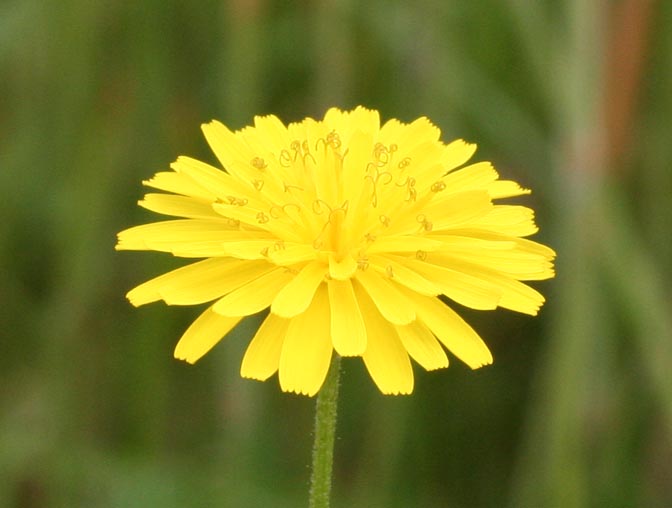
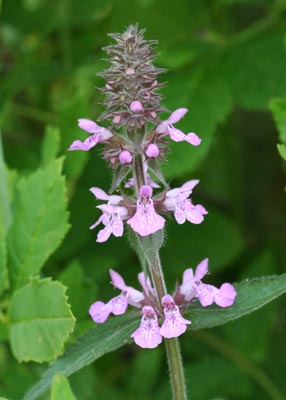
Moving on to the central Bog area:
Marsh Woundwort is out, so I expect I'll find the hybrid between it and Hedge Woundwort soon.
This area is full of Marsh Willowherb, Lesser Spearwort, Reedmace (Bulrush) and Marsh Ragwort.
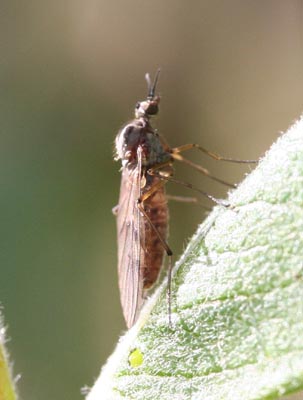
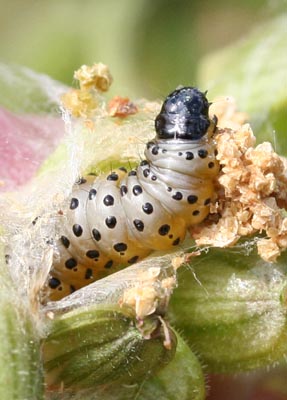
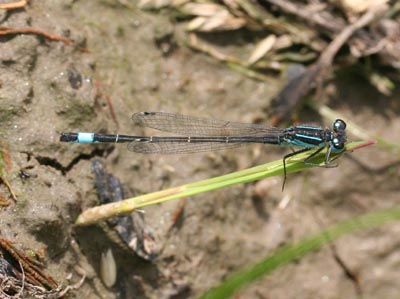
Down by the Pond (I'll do the lake later).
The Blue-tailed Damselfly is just a little more accommodating than the Common Blue, which flies off before I can even focus the camera.
Another new species for me: Fools Watercress - Apium nodiflorum. I took plenty of shots, but the reflection on this one made the choice easy.
